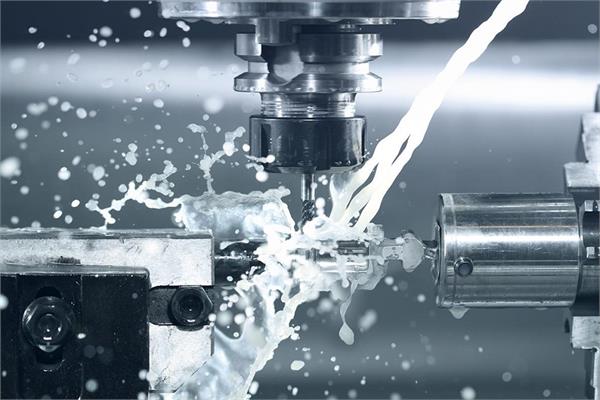
Hexion's Versatic™ Acid 10, a proven technology that is safer-to-use than 2-ethylhexanoic acid, will help meet the upcoming regulatory changes announced by ECHA.
ECHA, the European Chemicals Agency, has announced upcoming regulatory changes that will favourably position Hexion's Versatic Acid 10 as a safer-to-use* substitute for 2-ethylhexanoic acid (2-EHA). Versatic Acid 10, and other Versatics derivatives, are building blocks enabling the production of high-performance emulsion, high solids and water-based resins. They also allow paint and coatings manufacturers to formulate products with fewer volatile organic compound (VOC) emissions than before.
The product is the ideal solution for a variety of applications including dryers for alkyd paints and inks, PVC heat stabilizers, and in the production of metal-based catalysts for polyurethane applications. Its performance profile compared to other carboxylic acids also positions the intermediate as a preferred solution for a variety of growing applications such as: tire adhesion promoters, fuel additives, metal working fluids, antifreeze, bitumen emulsifying agents, esters for solvents or lubricants, cosmetics, personal care, detergents, metal extraction, polymerization initiators, and more.
“Versatic Acid 10 is a proven technology that is a high-performance alternative for producers who will be impacted by the pending regulatory changes,” said Jeroen Jansema, Vice President and General Manager, Performance Materials (Versatic Acids and Derivatives). “Versatic Acid 10 is just one proven product in Hexion’s Versatic Acid portfolio and it delivers a variety of critical performance improvements that help customers improve hydrolytic and chemical stability, water repellency, durability, and adhesion. We have been working with many market leaders as they prepare to transition away from 2-EHA to a higher-performance solution.”
* Safer to use as a non-classified material under Globally Harmonized System of Classification and Labeling of Chemicals (GHS) with no signal word and no known significant HS&E effects or critical hazards.